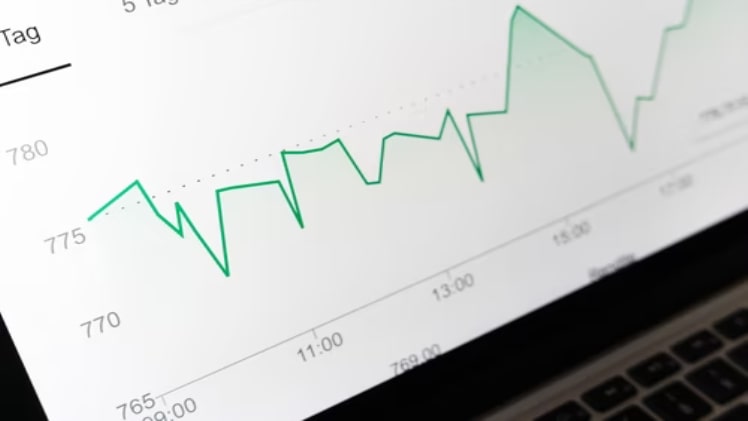You and your teamwork day and night to meet the sales quota. Everything’s going well, but somehow you’re unable to fill your sales pipeline.
What can be the reason behind it?
If you’re unsure, you can use data and analysis to figure out the problem.
Using customer insights and sales pipeline analysis, you can find the weak areas and work on them to increase your sales pipeline.
According to a research study by Vantage point, about 72% of sales managers regularly hold sales pipeline review meetings with their team members.
However, 63% of people who answered the survey mentioned that their company does poorly manage the sales pipeline, and they can certainly improve in handling their sales pipeline.
In B2B sales, a promising sales pipeline lets you:
- improve your sales process,
- forecast future business results,
- analyze different sales strategies for your business,
- manage and allocate resources to close or service upcoming sales,
- review your progress for the current financial year, and
- know how far you are from your targets.
A sales pipeline plays an essential role in signing more deals pointing the right direction for your business.
Let’s look at how you can increase your sales pipeline using data and analytics.
Figure out your customer lifetime value
You can use previous data from your sales pipeline to determine your customer lifetime value (CLV).
Usually, CLV is determined as the total profit your company has expected to generate from a customer until they remain with your company., like for y number of years.
CLV represents the current amount of all the revenue streams of profits your organization produces from a customer until they choose to have a relationship with you.
CLV can be evaluated by:
(Average Amount of a Sale) x (Number of Continuous Purchases) x (Average Retention) – (Acquisition Cost)
The above equation defines the acquisition cost as the cost you want to spend for each customer, even knowing that you have to incur a loss from the first project.
Regularly update your sales pipeline
The sales pipeline you use is continuously changing.
Some prospects want to purchase the product later, some don’t want to do business with you anymore, and some aren’t sure what they would like.
If you don’t update and clean up the sales pipeline & you have a b2b sales funnel with huge competetion, it can cause a lot of time and create chaos.
It can take some time, but cleaning and updating the sales pipeline shouldn’t be ignored.
Determine customer fit
After finding out the customer lifetime value, the next step is to evaluate customer fit for your company. You can do so by looking into the prospect’s long-term goals and whether you can meet those goals through your services or products.
Can you give value to your customers for months and years? If your business is service-based and has a long-term engagement, can you inspire and motivate your team to give their best?
After it checks all the boxes, you need to determine if the prospects fit your company’s culture. Whether you and your customer have similar standards in working together also entails how coworkers work together, how you will make decisions, and what amount of work needs to be done daily.
Another thing to access is the different activities and tangible or intangible. For example, workflows and processes can be intangible. Needing a respectful work environment, workmates and their attitude can be tangible.
A respectful work environment and attitude allow you to easily communicate and be flexible working together on the same goal.
Track sales pipeline metrics
Your sales pipeline should always be healthy to generate more leads. It should continuously evolve according to the requirement, which you can do by keeping track of sales pipeline metrics, which includes:
- The number of deals in your pipeline
- The average size of the deals in your pipeline
- The average percentage of deals that you win (close ratio)
- The average lifetime of a deal before it’s closed (sales velocity)
Regularly, you can analyze these metrics as they will give you an overview of how your sales pipeline is doing. It will also let you know whether the changes you made are in the right direction or not.
Conclusion
A sales pipeline is an essential part of the sales process, and its value can hardly be ignored. This also means that if you don’t manage your pipeline regularly, there’s a risk of losing out on leads.
The tips mentioned in this article will help you to keep your sales pipeline at a healthy pace. It will let you make your pipeline more structured, lessen the time, and speed up your sales process to meet your sales quota quickly.
Let us know in the comments below what you do to manage your pipeline.

